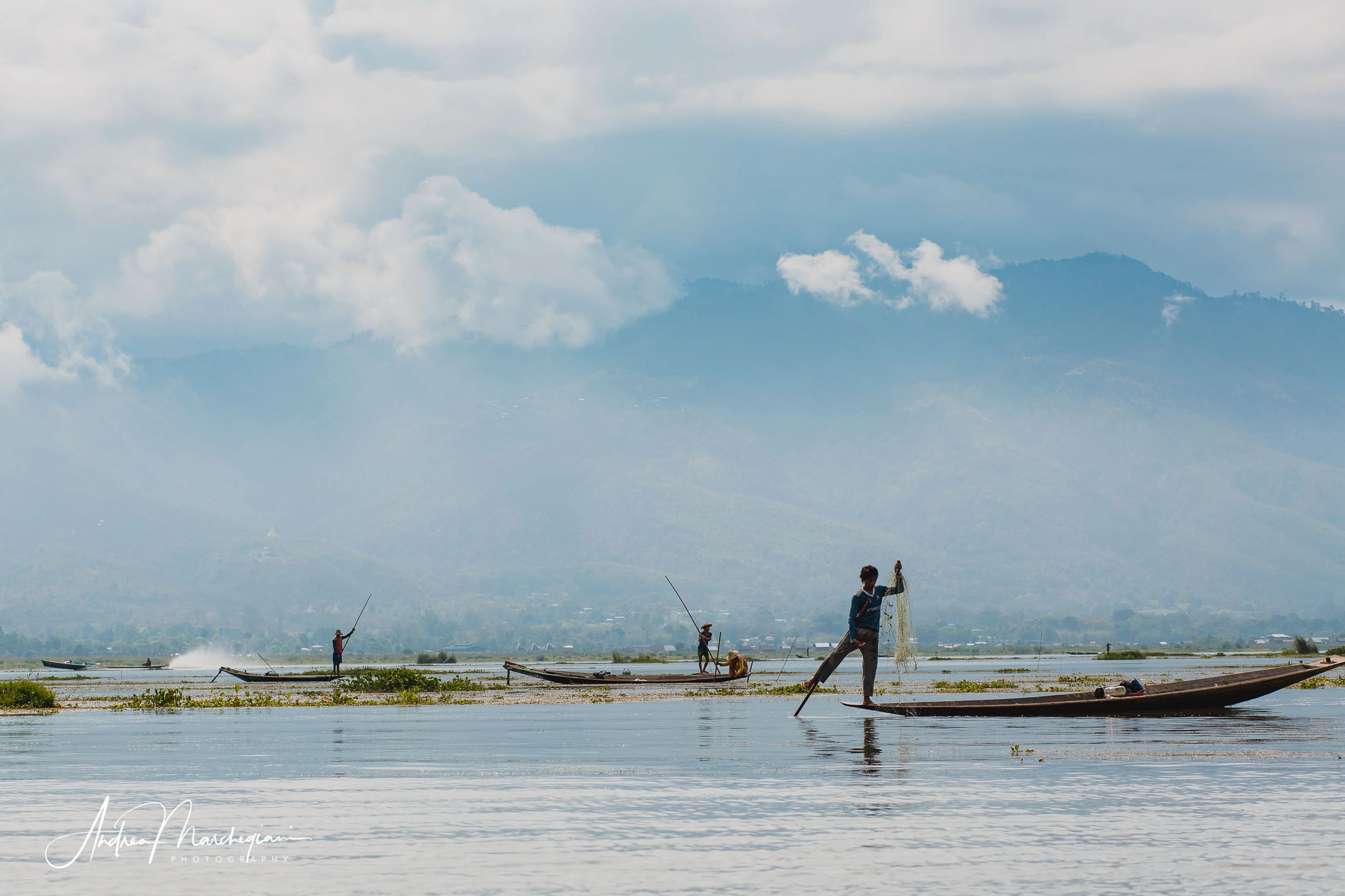
What to see in Myanmar: 10 best places to visit
If you plan to travel to Myanmar and wonder if it is worth going, here are 10 amazing places that will convince you to visit the land of kindness.
All photos and articles in this Travel Blog are by Andrea Marchegiani.
All you need to know before you travel toMyanmar. A travel blog with editorials, tips and anecdotes about my adventures in the world!

If you plan to travel to Myanmar and wonder if it is worth going, here are 10 amazing places that will convince you to visit the land of kindness.
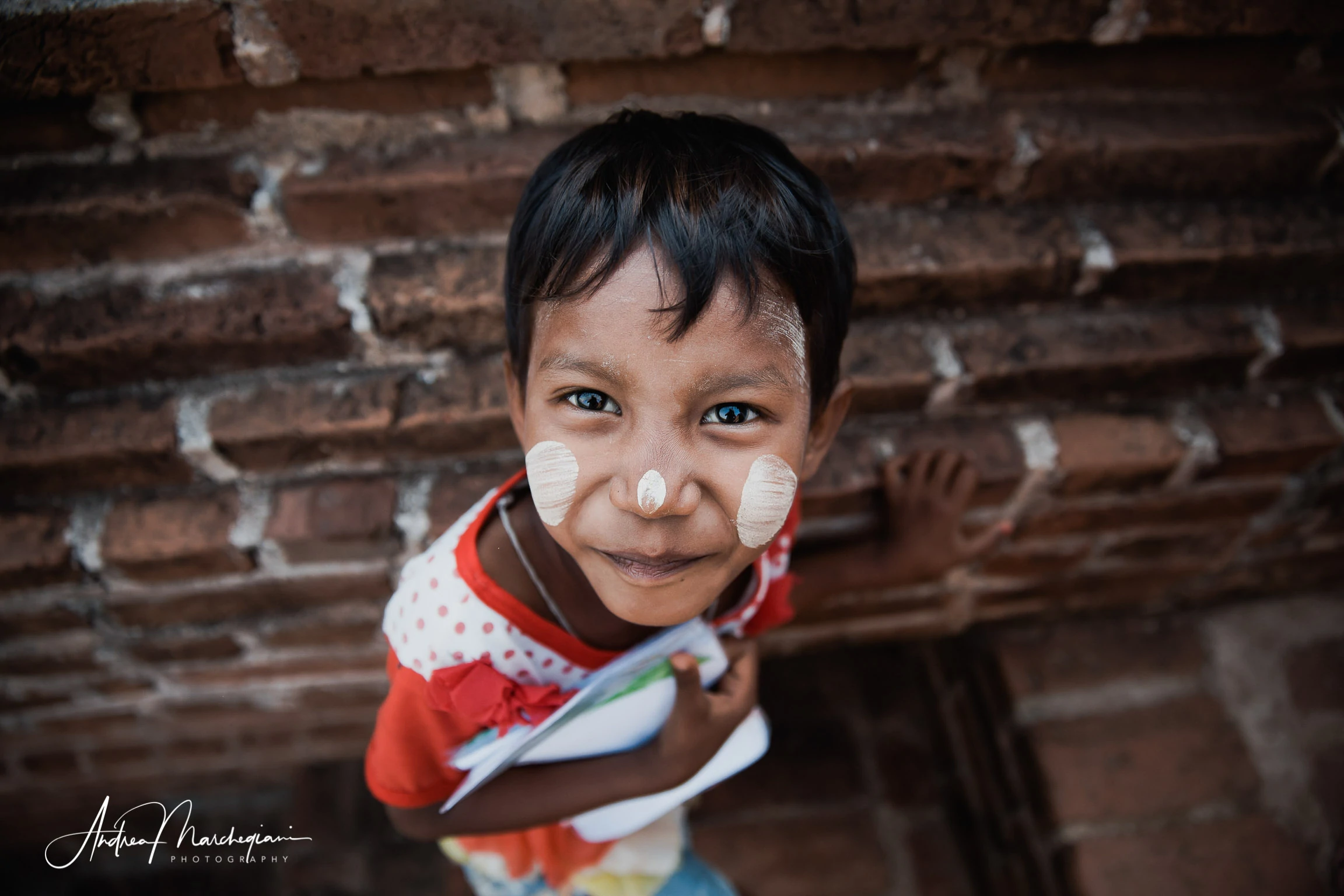
All the customs and quirks of the kindest people in the world. You will find some funny, others perhaps disgusting (especially if you have never gone to Asia). Either way, they will make you want to immediately go to Myanmar and see for yourself if it is all true!
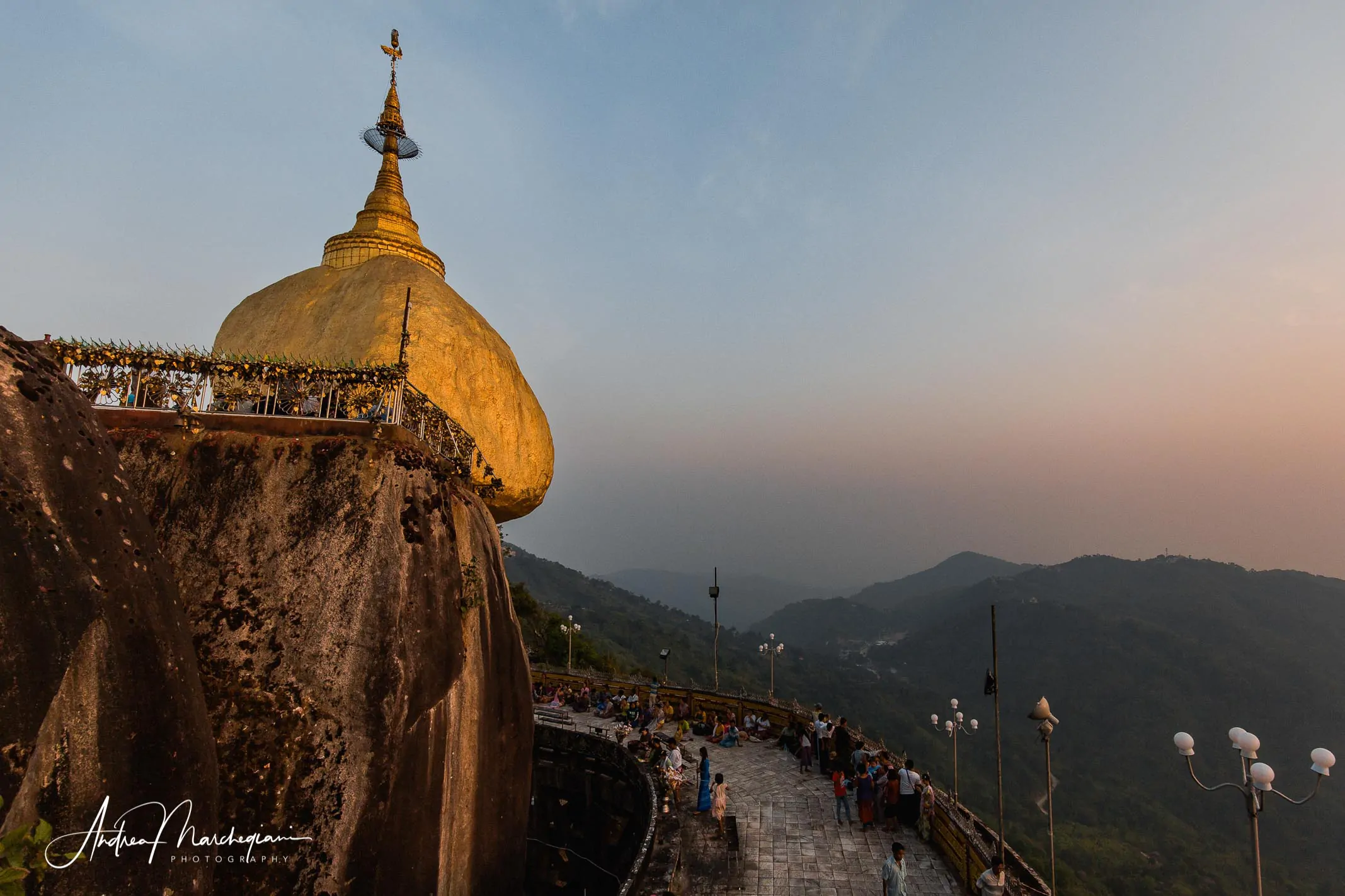
They say it takes just one visit to Golden Rock, in Myanmar, to become a Buddhist.
I think that’s absolutely true. It is impossible to visit this archeological site without going to Myanmar and, once in Myanmar, you will certainly fall in love with Theravada Buddhism. How could you possibly remain indifferent to timeless pagodas and golden stupas? How could you not love the gentle Burmese, or resist their kind smiles, their calm words, their fraternal looks? Buddhism in Burma has entered the flesh of reality, everyday gestures, all life’s choices. When you get to Golden Rock, you’ve already breathed Buddhism to the fullest, you’ve seen how harmonious a society based on kindness can be, and you’re probably grudgingly counting the days left before you have to go home.
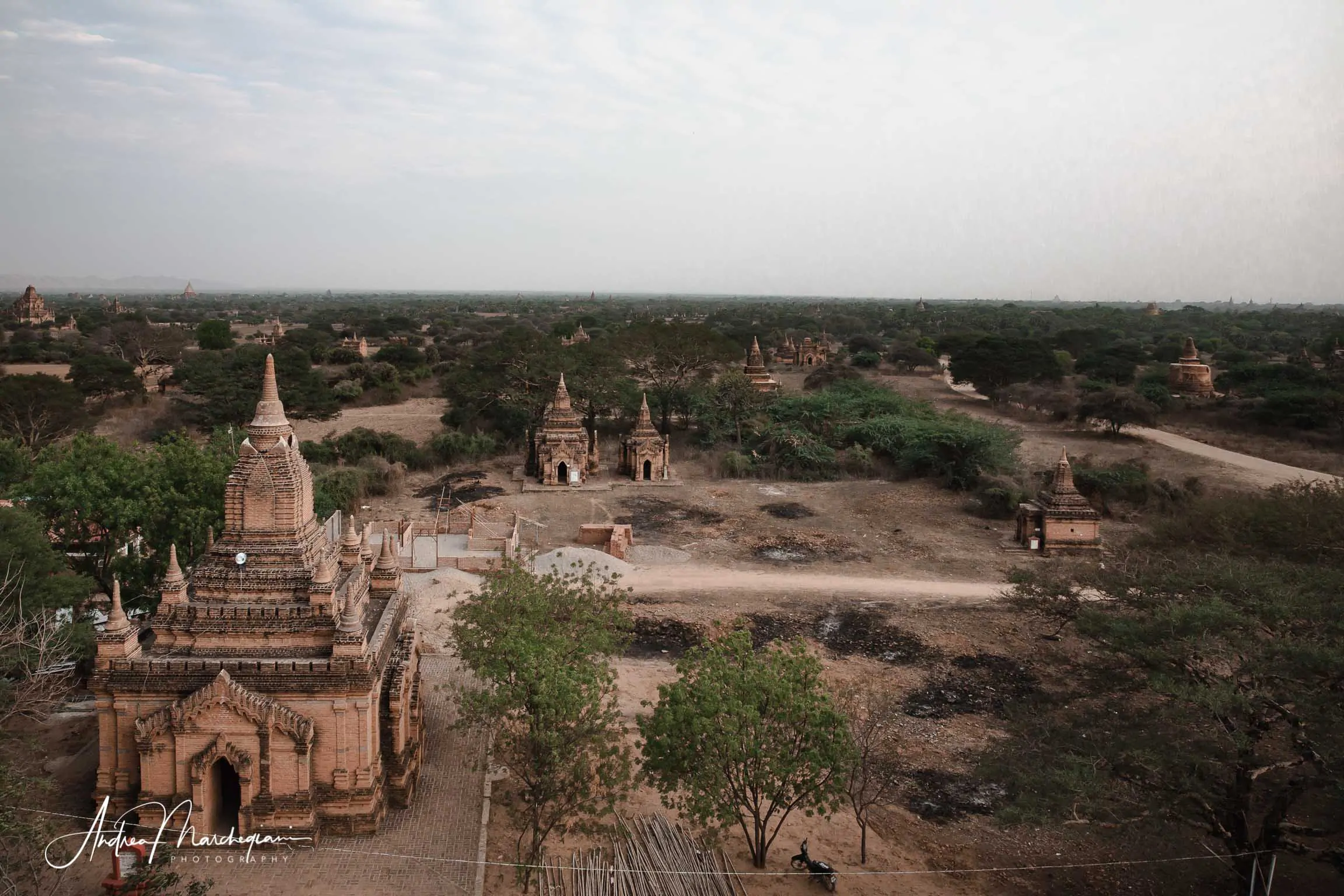
The plain of Bagan (or Pagan) is famous all over the world for the thousands of stupa ruins and temples it is littered of. At sunset, you can admire a spectacular view of the clearing, making it one of the most spectacular sites in all of Southeast Asia. For centuries, before being abandoned to itself, the area has been a Buddhist pilgrimage destination and it still breathes an atmosphere of deep spirituality. A scenario, in short, that has nothing to envy to Angkor Wat or Machu Picchu but that has, compared to these, a great advantage: much less tourists.
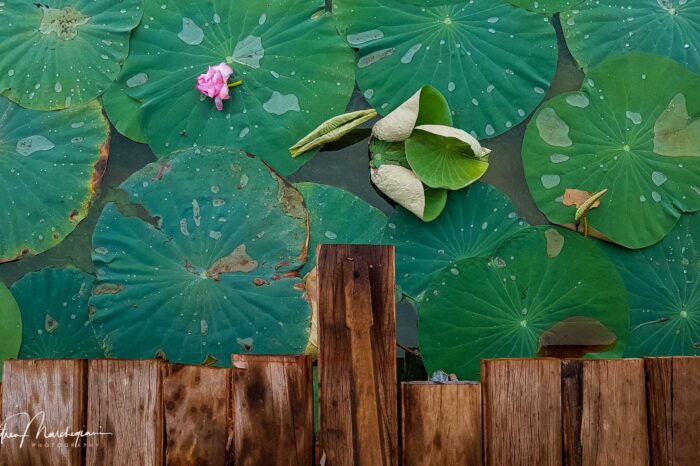
Imagine a universe made of water, where the garden floats and you move with boats instead of cars; where children play with puppets, dressed in lotus silk, and women are trapped in giraffe necks. It’s Inle Lake in Myanmar.
With an average depth of about 2 meters, Inle Lake has shallow and warm waters, which favor the growth of dense aquatic vegetation and the formation of islets of debris and roots. Over time, 17 floating villages have sprung up on them, with houses built on stilts, connected to each other by canals navigated on canoes and small motor boats, whose propellers, however, tend to get caught in the hyacinths.
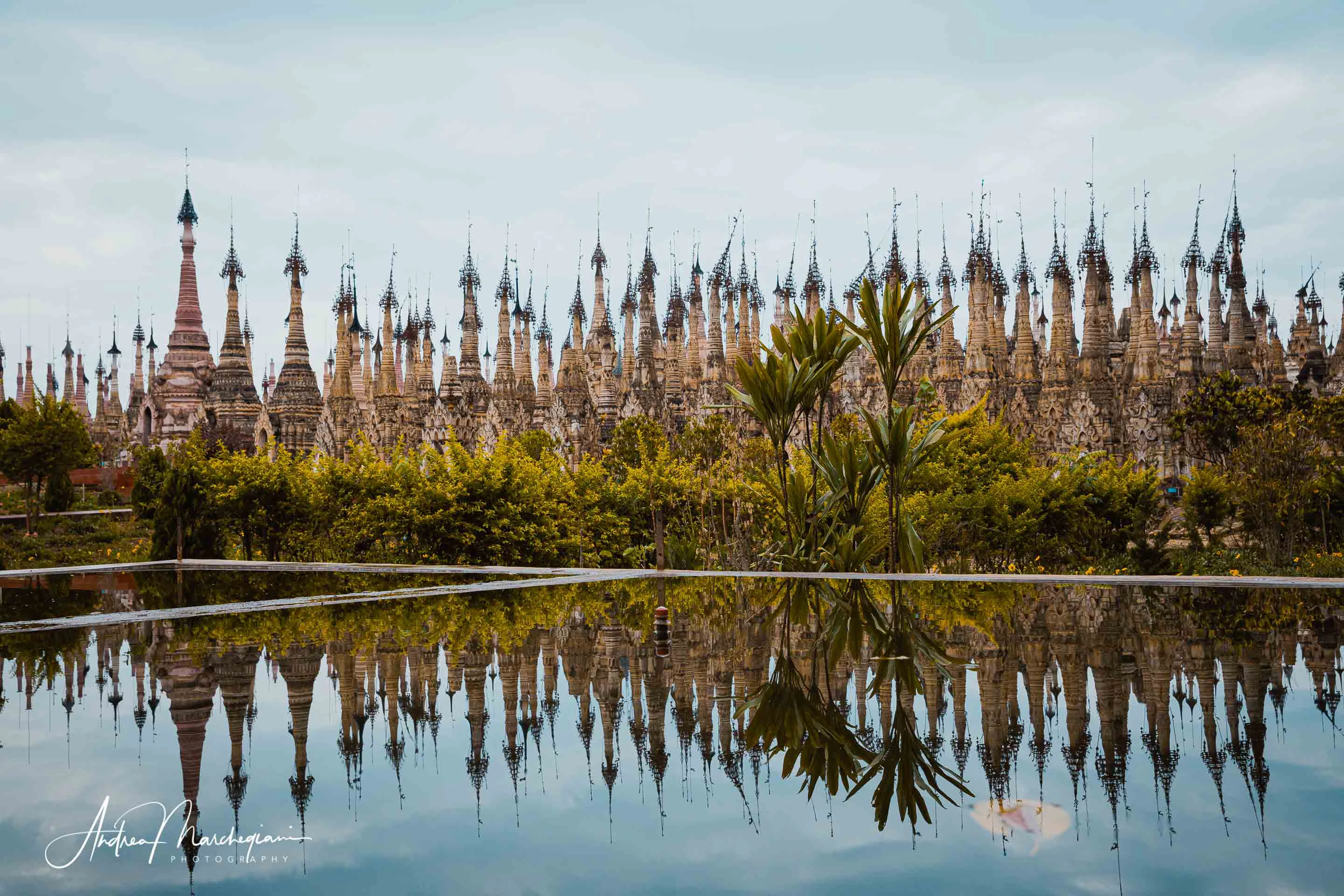
Open to tourists only recently, Kakku, in Myanmar, amazes with its over 2,000 pagodas arranged in orderly rows. Walking through the labyrinth of stupas in ever-changing shades, you will encounter hundreds of Buddha statues, all smiling with benevolence. The sound of the bells hanging from the spires helps the meditation of the faithful.
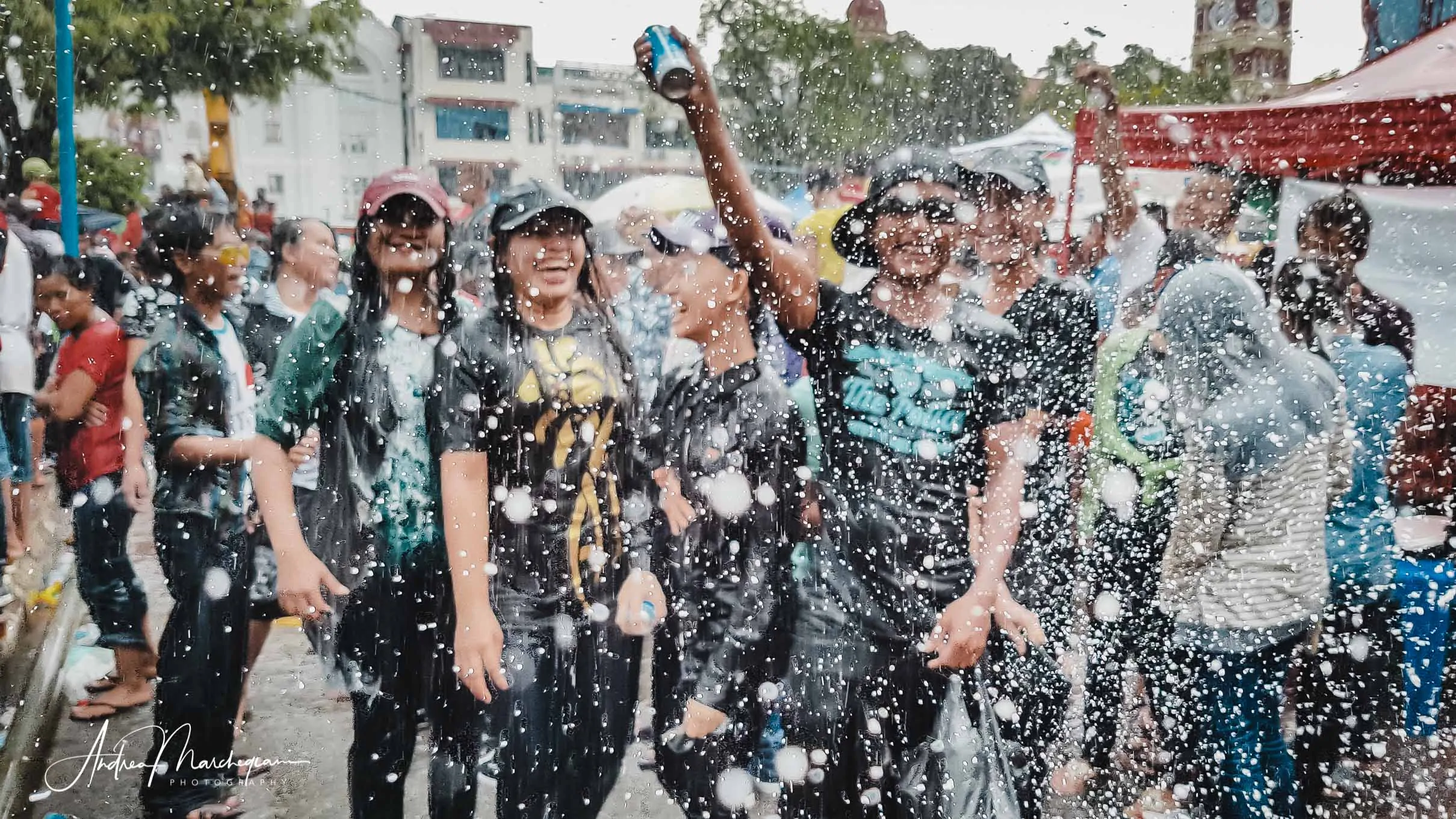
I visit Yangon in April and I am amazed by masses of people who fight with water guns in the streets! Everywhere is urban warfare; every corner becomes a trench to launch water balloons from. Thousands of people gather in the city squares and dance, jump and scream under the fire hydrants. It’s the Thingyan Water Festival, the New Year’s Eve celebration that lasts almost a week.
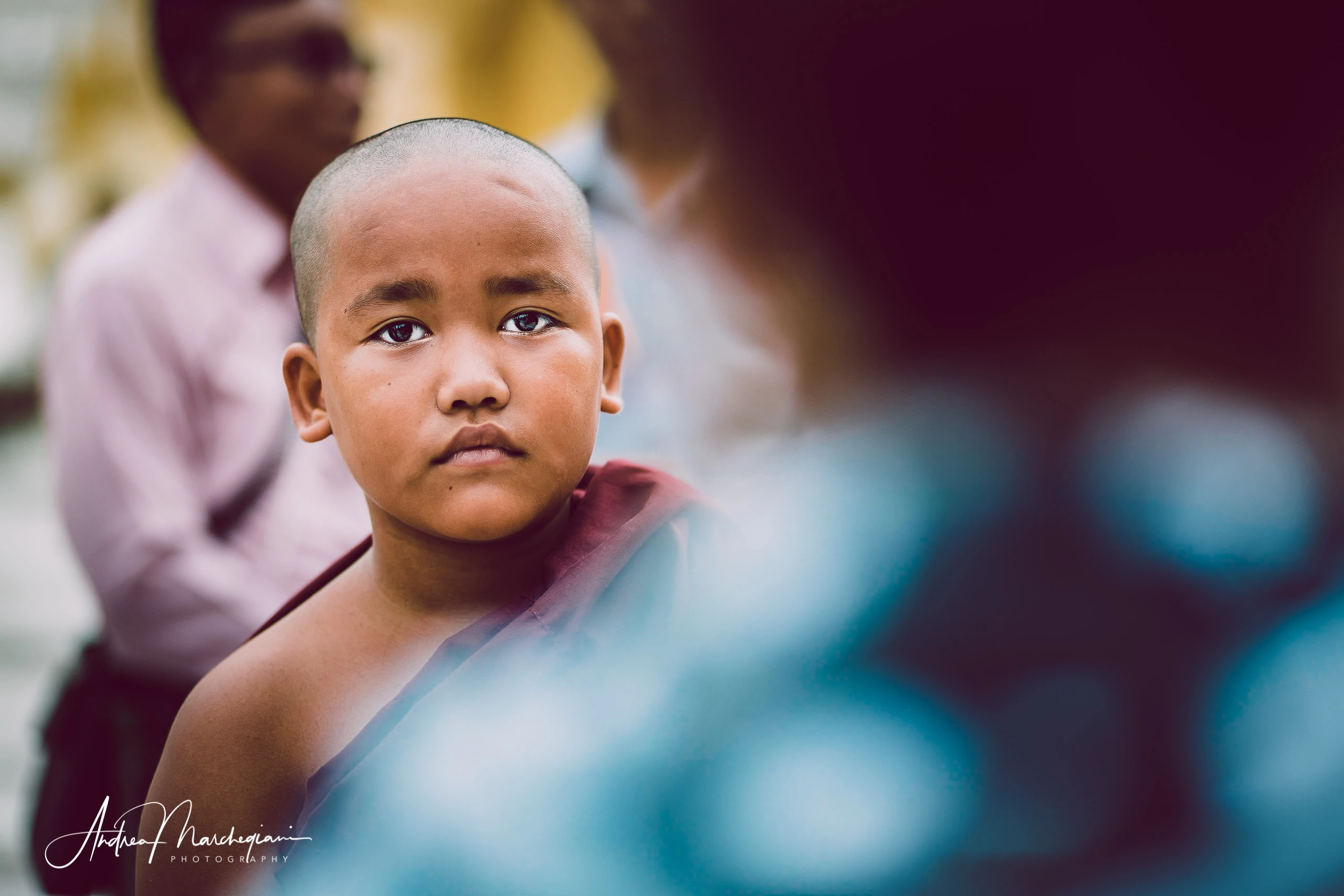
If there is one place that represents the essence of Myanmar is undoubtedly the Shwedagon Paya of Yangon, with its golden stupa 98 meters high overlooking the skyline of Yangon.
In Yangon you come across thousands of Buddha statues: none of them express pain or suffering. On the contrary, Buddha smiles at us and invites us to abandon the sufferings of life.
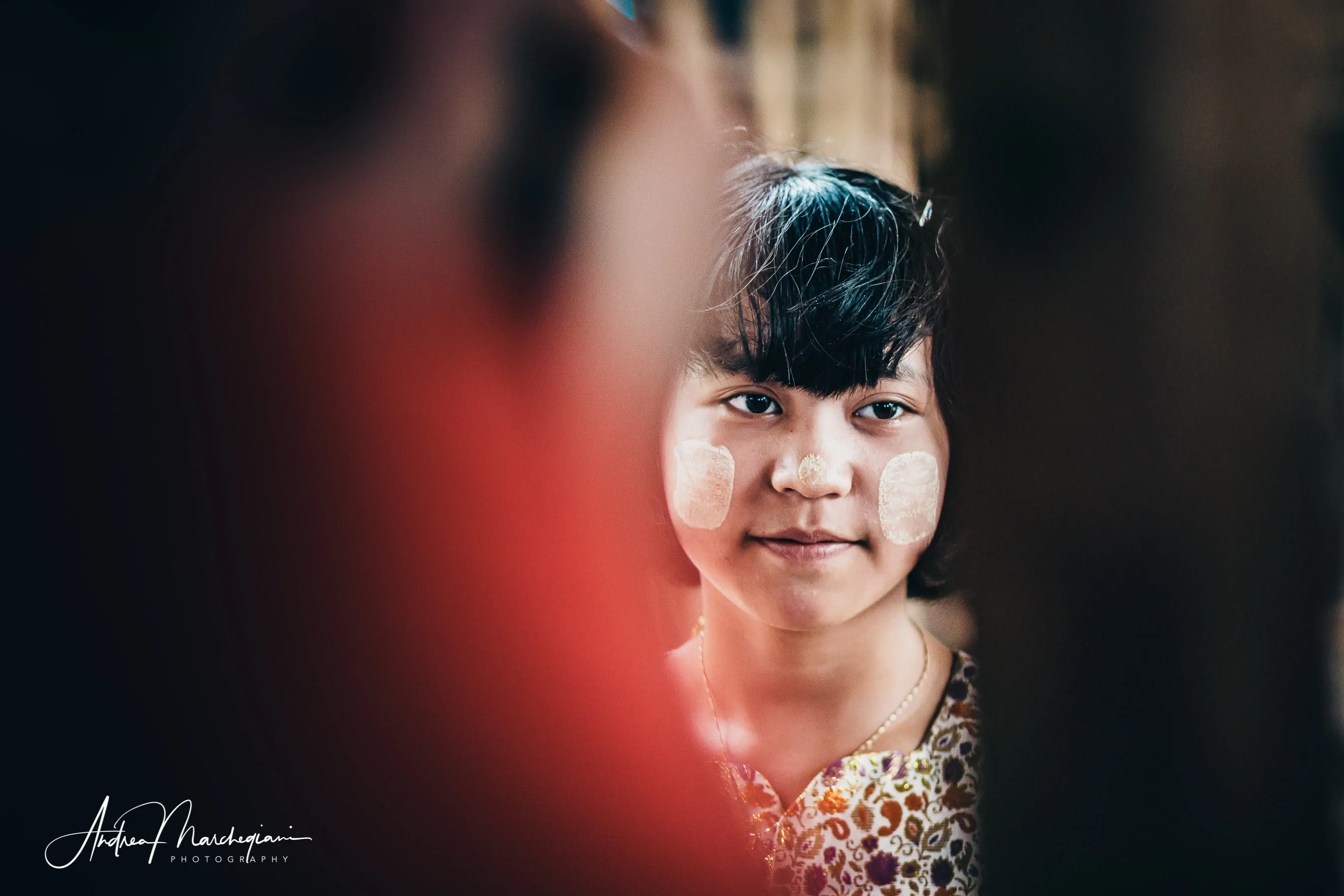
Visiting the Pa’o village of Taunggyi is an experience of hospitality. Legend has it the Pa’o were born out of the love between an alchemist and a female dragon. Today, colourful turbans and dresses with multiple fringes are reminiscent of the connection with the mythological animal. The Pa’o, who live on subsistence agriculture and live in bamboo huts, fully embody the Burmese value of ana, the respect for others. In Myanmar kindness is really present in every home.
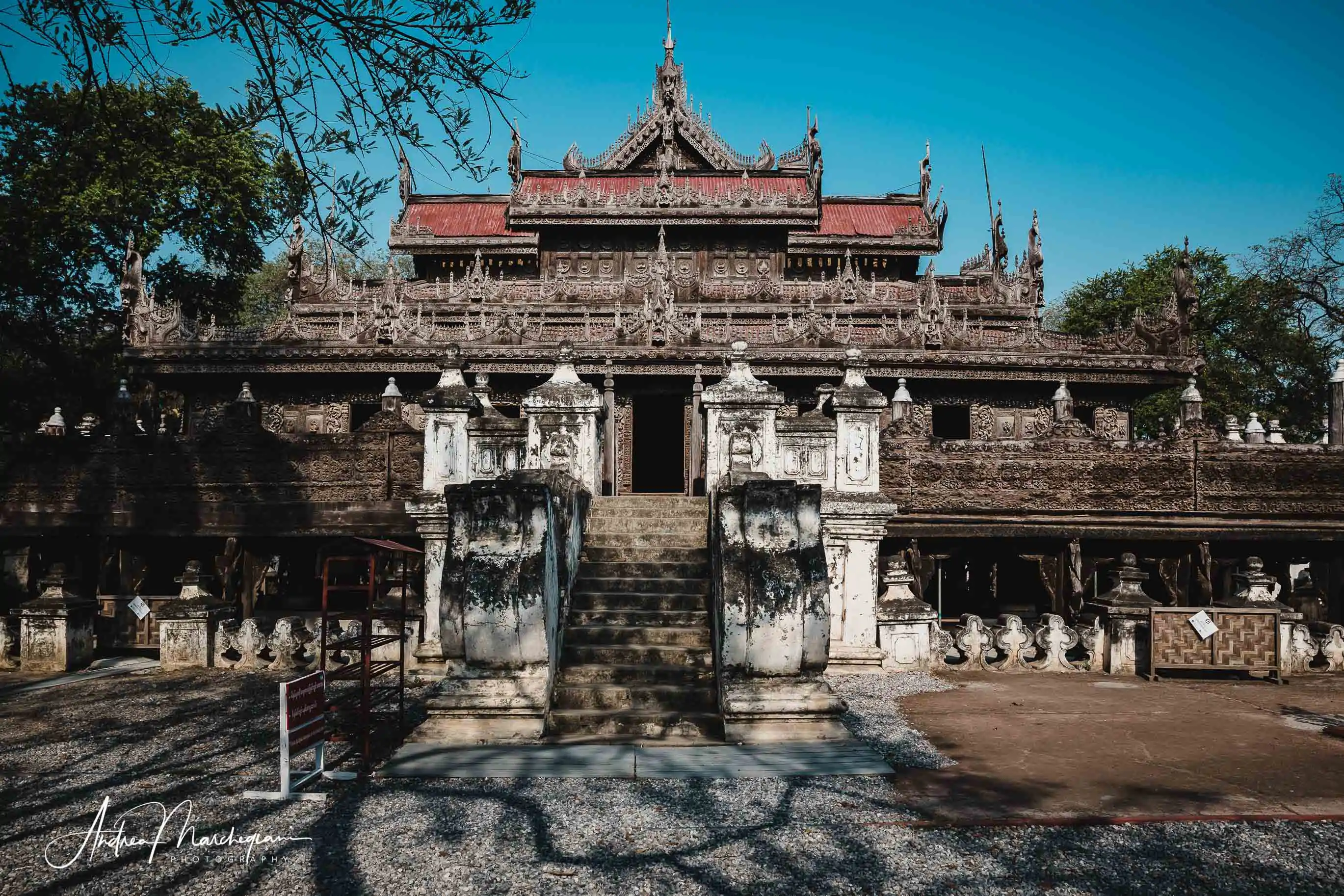
Mandalay is a young city founded in 1857 to be the capital of the country, which it was from 1861 to 1885. It was built by King Mindon Min, who identified the hill at the north of the city (Mandalay Hill) as the site chosen by Buddha 2,400 years earlier for this purpose. It is the second most populous city in the country (after Yangon) and the first religious center (it houses about 60% of monasteries in the whole of Burma).
Among the most interesting sites, the Golden Palace Monastery and the 4 ancient capitals of the kingdom are worth a visit.
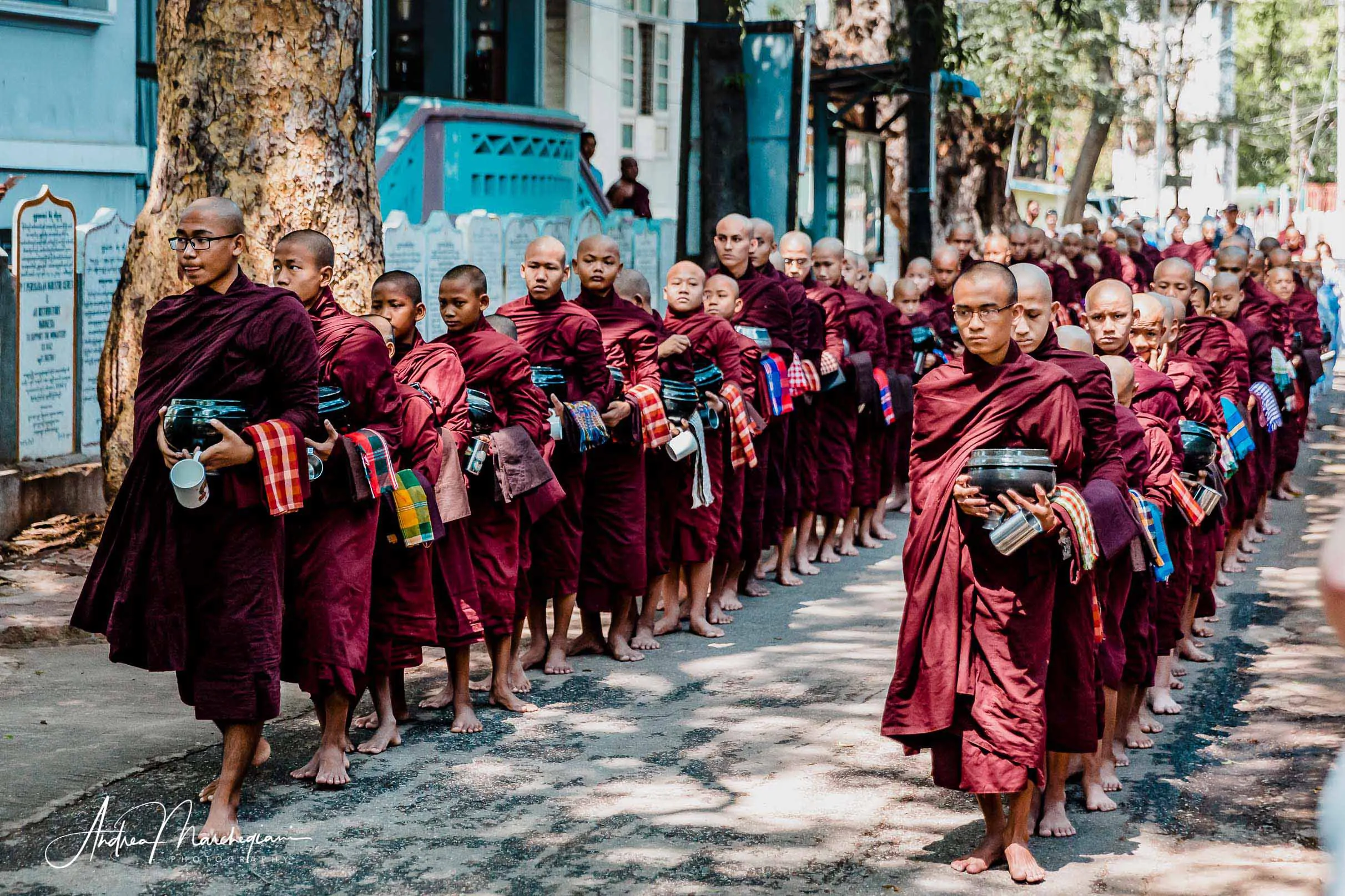
Amarapura is an ancient capital of the Burmese kingdom located near Mandalay. Here you can still witness the daily life of thousands of monks, adults and children, who gather in Mahagandayon Monastery to eat together the offerings gathered in the neighboring villages.
A few kilometers from Mahagandayon Monastery, visit U Bein bridge, the oldest and longest teak bridge in the world.
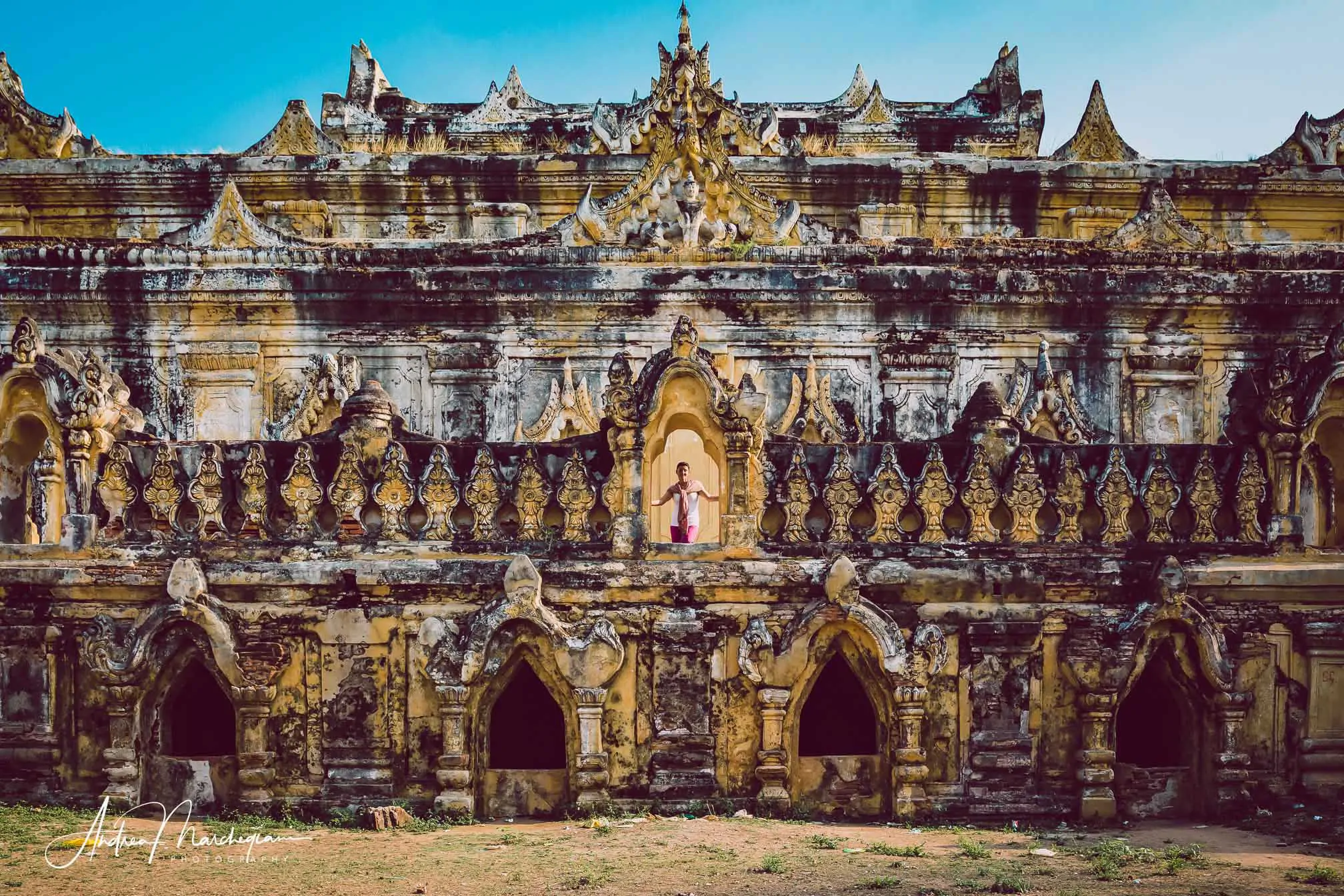
Known as the city of gems, Ava has been the capital of Burma several times.
Many tourists take a buggy ride to enjoy the ruins of stupas and pagodas. Walking through the vast grasslands, palm groves and cultivated fields you can get a taste of the daily life of the farmers of the neighboring village Inwwa.
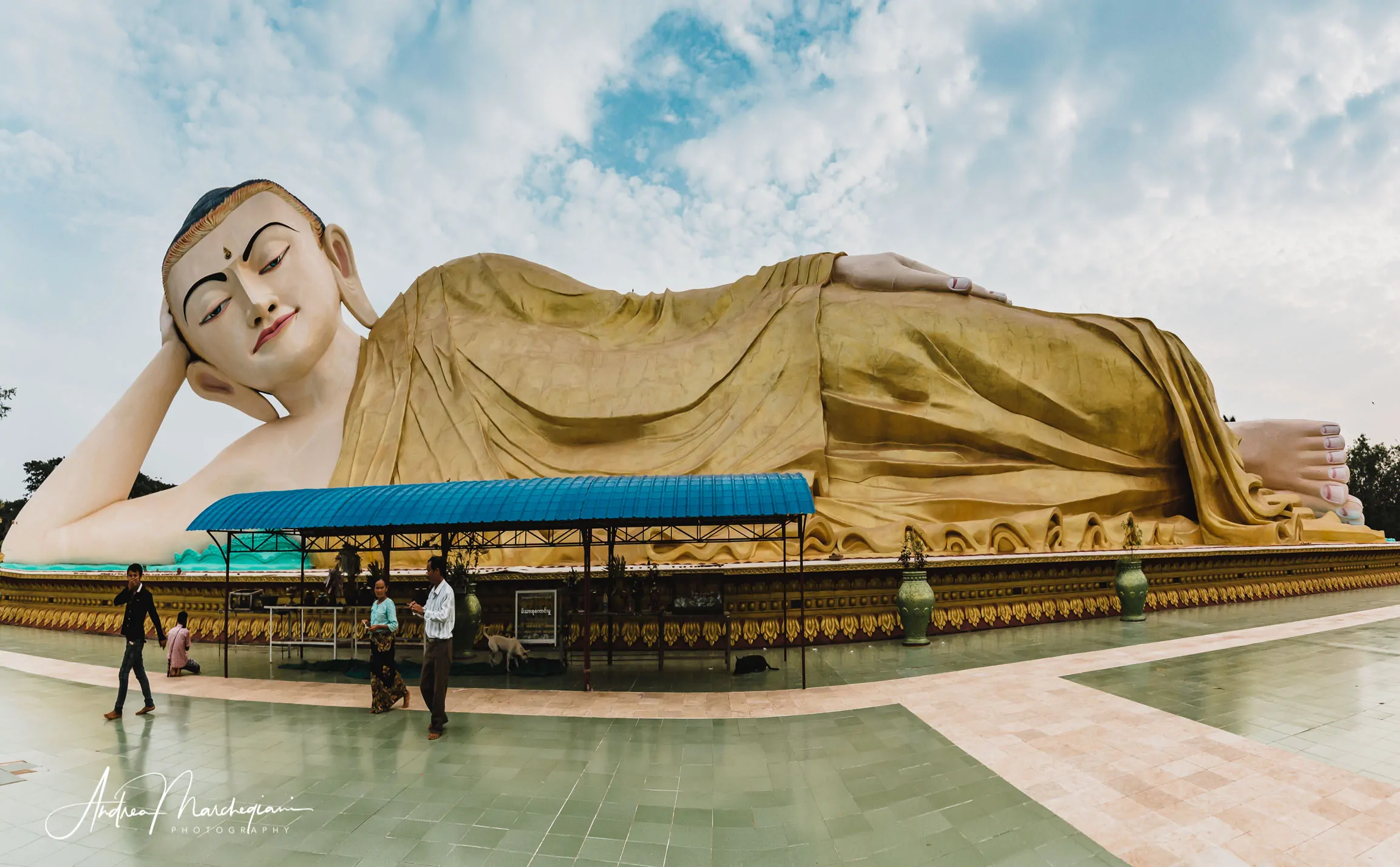
Every place seems to have a legendary past in Bago! Formerly the capital of Burma, built along Pegu’s riverbed, Bago has the highest stupa in Myanmar, the most gallant men and the most capricious women. Visit pagodas with gigantic Buddha statues and temples devoted to ancient pythons, you will spend a carefree day. Don’t miss the local market, where you can taste small birds on the spit and fried locusts, two typical Burmese street foods.
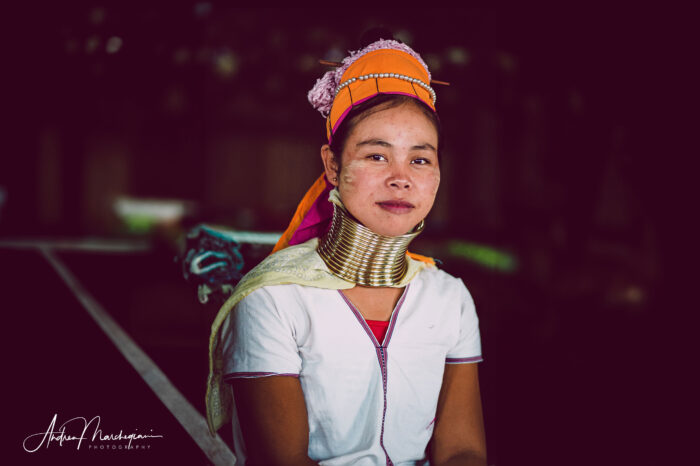
Much has been said about the giraffe women residing in Burma, some of which is filled with inaccuracies. Victims of ancient sexist traditions or proud carriers of a secular culture, the giraffe women, or swan women, are now part of Myanmar’s exotic charm and often exploited for tourism purposes. Everything you need to know and how to respect the giraffe women of the Padaung tribe.
Visita le gallerie fotografiche del mio viaggio in Myanmar. Fotografia di viaggio senza interferenze testuali.